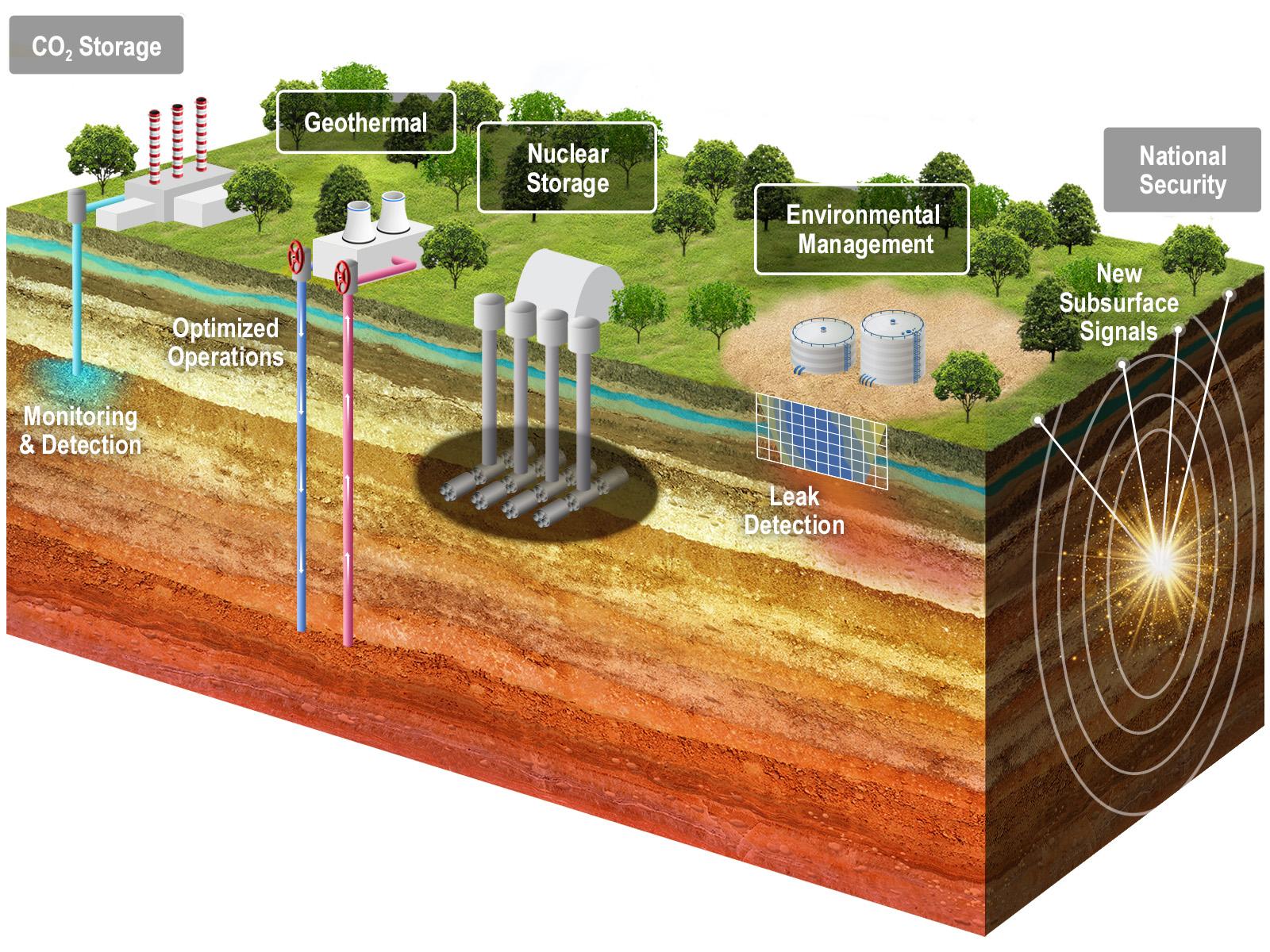INSITE
INSITE
Revolutionizing how the subsurface environment is interrogated and understood
Induced Spectral Interrogation Technology for the Environment (INSITE) is Pacific Northwest National Laboratory’s (PNNL’s) revolutionary subsurface monitoring and assessment approach. INSITE is reshaping the ability to interrogate, document, understand, predict, and control natural and engineered processes in complex subsurface environments with dramatically more detail and accuracy.

INSITE is a revolutionary subsurface monitoring and assessment platform centered on highly sophisticated autonomous and continuous electrical sensing.
Jeff London | Pacific Northwest National Laboratory

